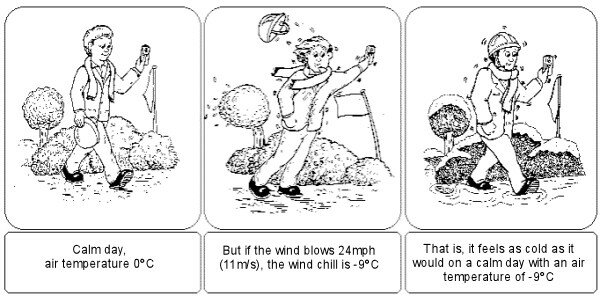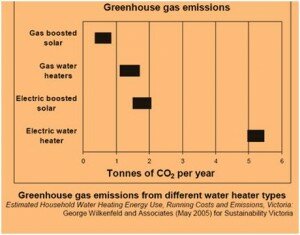Get a solar system for FREE - but only in the next couple of weeks - and don’t think its going to save the planet!
Thursday, May 21st, 2009The federal government’s $8,000 rebate to householders installing a PV system runs out on 30 June. Time is running out if you want to take advantage of the rebate, which you are eligible for you if you own a home and your household income is less than $100,000 a year.
If you do an internet search or scan the papers you can find at least two companies offering a 1kW grid connect solar system for free, excluding the metering. You have to assign the installer the RECS (Renewable Energy Certificates) to get the system at this price, and may have to pay extra for variations to a standard install such as fitting it to a tiled roof. Considering the historical price of PV systems, the free offer is very good indeed. If you don’t already have a PV system - consider getting one now - but you should be quick, some of the free offers are expiring at the end of May or early in June.
The PV system on your roof will cut your power bills by about $200 a year for a 1 kW system, and should add value to your house. Lets say all up your costs including the meter install are say $1,000. That’s a 20% return on investment, which is pretty good.
By assigning the RECS to the system installer, and if the government’s proposed Carbon Pollution Reduction Scheme (CPRS) legislation goes through, don’t kid yourself that you are saving the planet by putting on the PV system. The clean energy provided by your PV system is assigned to the system installer when you give the installer the right to the RECS, and the carbon savings arising from the system essentially won’t count under the proposed CPRS.
So look at it as a chance to cut your bills, improve your property value, and make it look as though you are doing something to save the planet, although unfortunately under the proposed CPRS you won’t be. Its not clear to me if you’ll be able to voluntarily “lock up” the carbon savings by making a payment to the proposed Carbon Trust - and thus actually do something to slow climate change - if you’ve assigned the RECS to the installer.
If you go ahead, be aware that the metering install can be fraught with pitfalls. Make sure you follow the advice of your electricity distribution business - see www.bcse.org.au/default.asp?id=305 for a link to the guides offered by different distribution businesses.
And, even though you are putting in a solar system, also make sure that you are buying 100% governmetn accredited green power from your retailer. Keep you your greenpower purchases until the CPRS comes in, after which point it may not make a difference.






